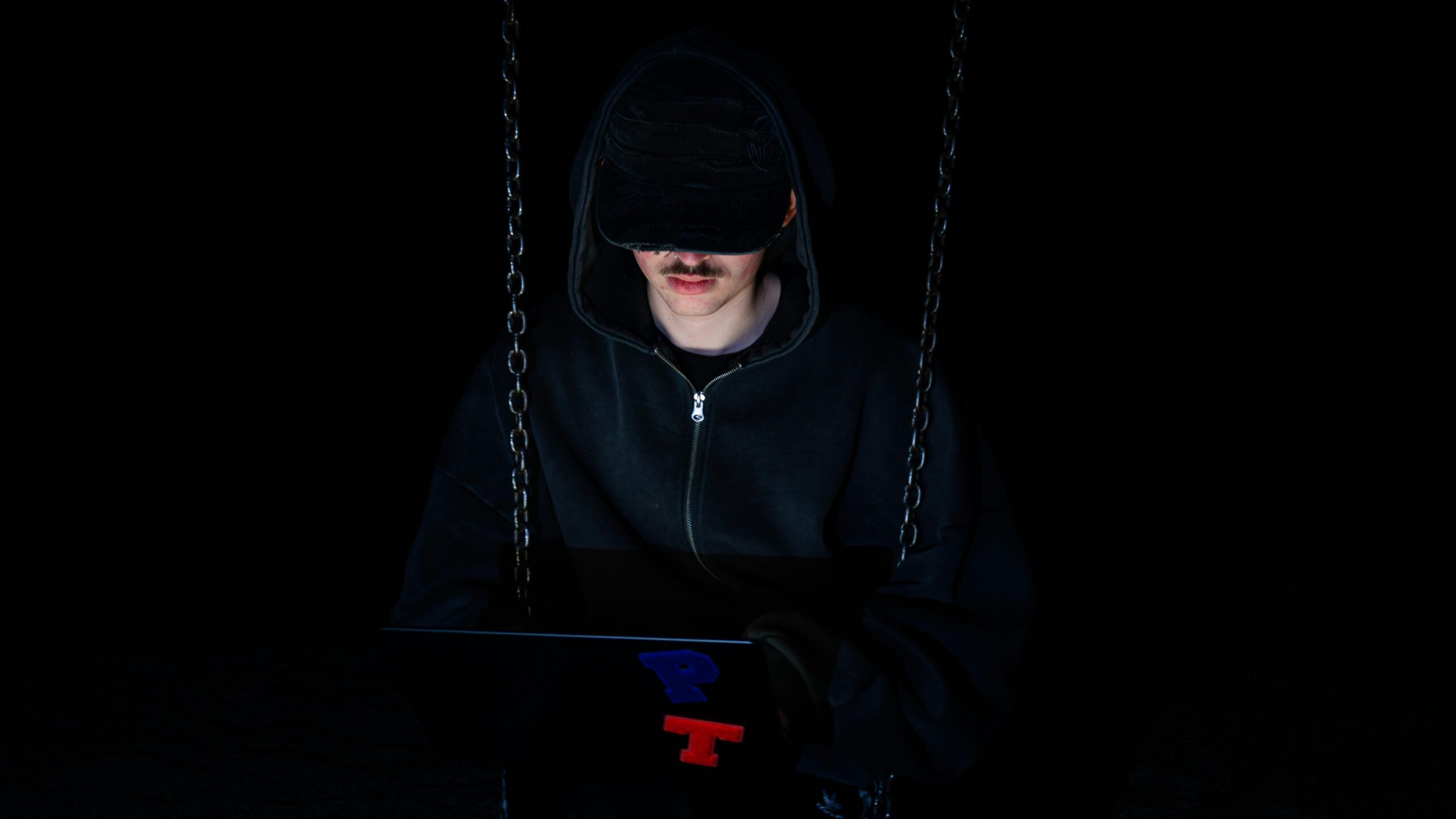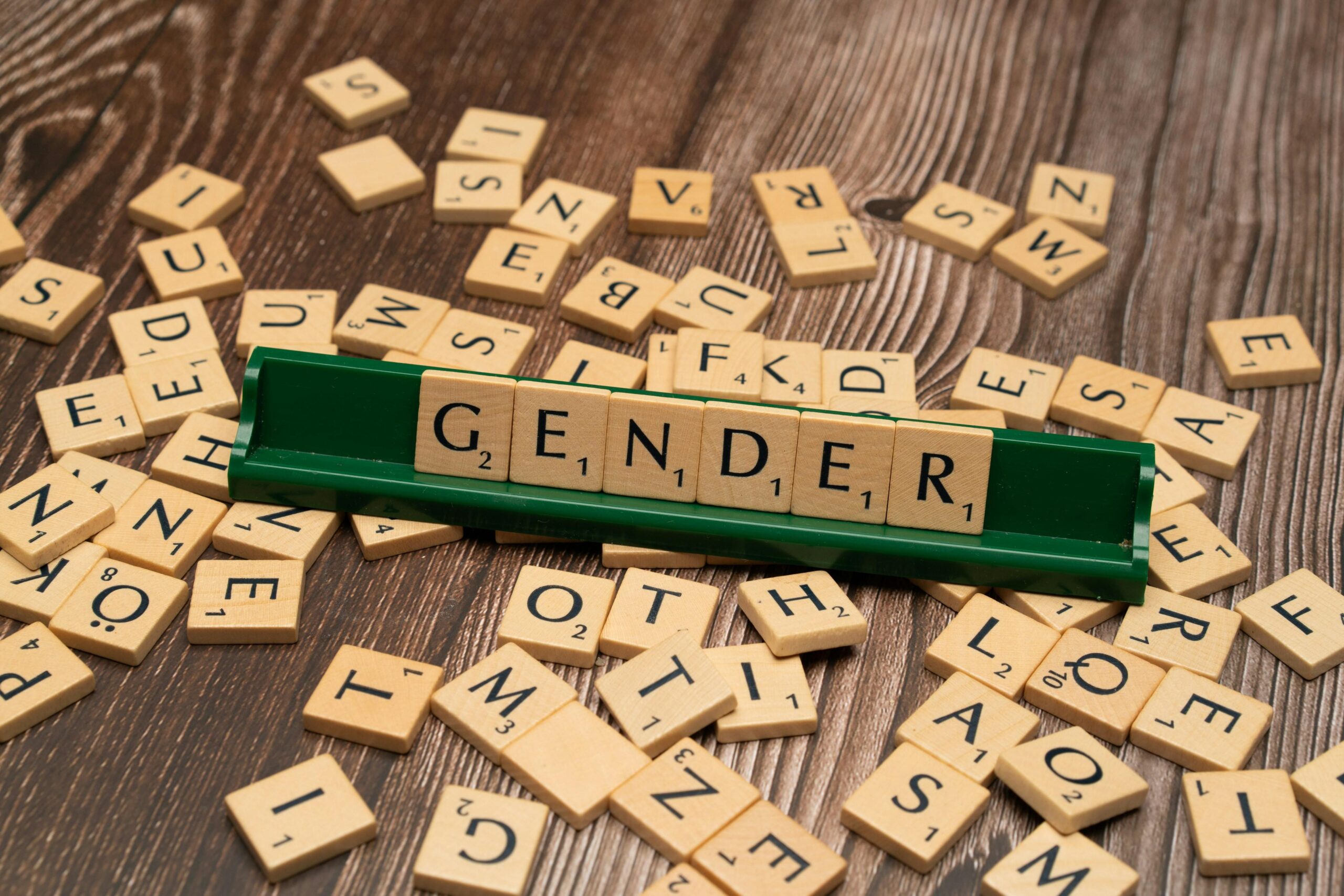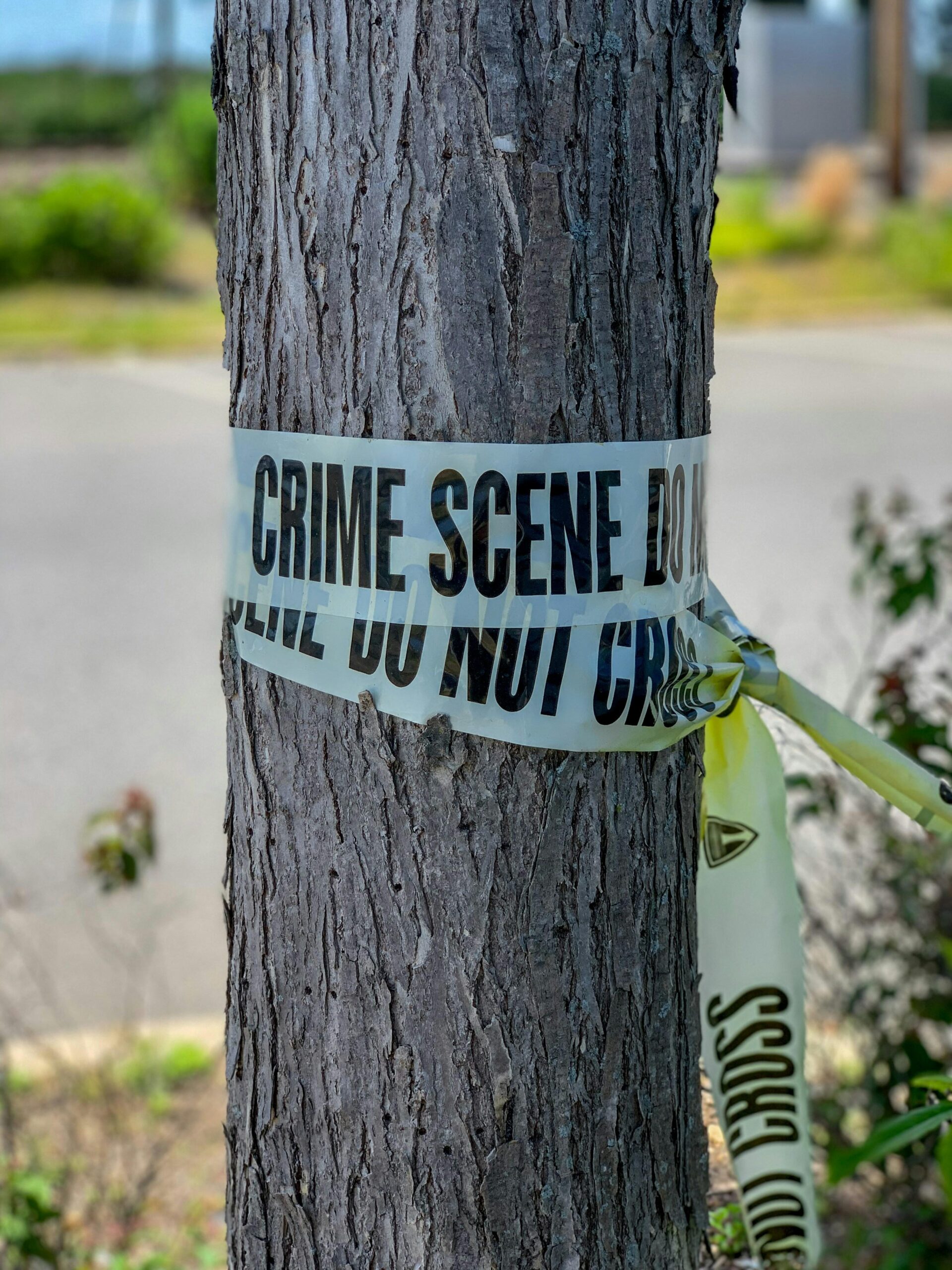When it comes to protecting children from the darkest corners of society, NGOs play a surprisingly powerful role that often flies under the radar. How exactly do these organizations step in to fight crimes against children—from trafficking and exploitation to abuse and neglect? It’s a complex puzzle, but one piece at a time, NGOs are making a huge impact. In this article, we’ll dive into the ways these dedicated groups identify, prevent, and respond to crimes targeting vulnerable kids, shedding light on the strategies and stories that bring hope to countless young lives. Ready to uncover how compassion meets action in the battle to keep children safe? Let’s explore!
Table of Contents
- Understanding the Role of NGOs in Protecting Vulnerable Children
- How Community Outreach Programs Break the Cycle of Child Exploitation
- Innovative Rehabilitation and Support: Beyond Rescue Missions
- Practical Ways You Can Support NGOs Fighting Crimes Against Children
- Wrapping Up
Understanding the Role of NGOs in Protecting Vulnerable Children
Non-governmental organizations (NGOs) play an indispensable role in shielding vulnerable children from exploitation and abuse by implementing proactive measures and community-driven initiatives. These organizations often operate at the grassroots level, identifying at-risk children and providing them with safe environments, educational opportunities, and access to essential healthcare services. Through partnerships with law enforcement and social services, NGOs help to ensure that children’s rights are not only recognized but vigorously defended. Their ability to navigate complex social landscapes allows them to intervene quickly and effectively where government mechanisms may fall short.
Some of the key ways in which NGOs contribute include:
- Advocacy: Raising awareness about child rights and pushing for stronger legal frameworks that punish offenders and protect victims.
- Rehabilitation Programs: Offering counseling, education, and skill-building to help children heal and reintegrate into society.
- Community Engagement: Empowering families and local leaders with tools to recognize and prevent abuse before it happens.
- Hotline and Rescue Operations: Running emergency response systems that provide immediate assistance to children in danger.
How Community Outreach Programs Break the Cycle of Child Exploitation
Community outreach programs serve as vital lifelines in vulnerable neighborhoods, where the risk of child exploitation often lingers unseen. By engaging directly with families and children, these initiatives establish trust and open communication channels that enable early identification of exploitation risks. Outreach workers offer education on children’s rights, empower parents with knowledge on protective measures, and create safe spaces for youths to express their concerns. These programs don’t just respond to incidents; they actively work to prevent them by addressing root causes like poverty, lack of education, and social isolation.
Moreover, such programs often partner with schools, local leaders, and law enforcement to build a holistic defense around children. Key elements include:
- Workshops on recognizing and reporting exploitation, ensuring communities are vigilant and proactive.
- After-school activities that provide safe, nurturing environments away from potential threats.
- Support groups for at-risk families, fostering resilience and a network of care.
- Regular home visits by trained volunteers, which help monitor children’s wellbeing discreetly.
Through these multifaceted approaches, community outreach programs weave a protective web that not only interrupts cycles of exploitation but also nurtures a culture of awareness and collective responsibility.
Innovative Rehabilitation and Support: Beyond Rescue Missions
When it comes to addressing the scars left by crimes against children, NGOs are not just first responders—they are pioneers in creating holistic healing environments. This means developing programs that extend far beyond immediate rescue, focusing instead on comprehensive rehabilitation that nurtures emotional, psychological, and social recovery. Through tailored therapies, education, and community reintegration, survivors are supported on a journey toward reclaiming their childhood and autonomy. These organizations understand that healing is a multifaceted process, often involving:
- Trauma-informed counseling and psychological support
- Educational and vocational training to rebuild confidence and skills
- Safe housing alternatives to prevent re-exploitation
- Family and community outreach to foster supportive environments
Innovations in technology and collaboration also empower NGOs to better track progress and customize interventions. By partnering with local agencies, schools, and health services, they create a support web that addresses the root causes of vulnerability and breaks the cycle of abuse. This approach is not just about saving children from immediate danger; it’s about sculpting resilient futures where every survivor has the tools to thrive independently and contribute meaningfully to society.
Practical Ways You Can Support NGOs Fighting Crimes Against Children
Many people wonder how they can directly contribute to the noble mission of NGOs working tirelessly to shield children from harm. One impactful approach is to raise awareness within your community by sharing educational resources on social media or hosting informative sessions. Creating spaces for dialogue helps dismantle stigmas and empowers others to recognize and report suspicious activities. Volunteering your skills, whether in digital marketing, legal aid, or child psychology, can also significantly enhance an NGO’s capacity to intervene effectively.
Besides personal involvement, financial contributions remain a crucial pillar for sustaining programs that rescue and rehabilitate victims. Even small, consistent donations can fund emergency shelter, counseling services, and legal support. Additionally, partnering with your workplace for corporate social responsibility initiatives or organizing fundraising events can amplify resources. Collaborating with these organizations empowers communities to build safer environments where children’s rights are fiercely protected.
- Share verified content to educate others about recognizing signs of abuse.
- Offer professional expertise pro bono to aid NGO strategies and outreach.
- Donate regularly to sustain long-term child protection programs.
- Organize or join fundraising events to boost NGO resources.
Wrapping Up
As we’ve seen, NGOs play a vital and multifaceted role in the fight against crimes targeting children—from advocacy and education to direct intervention and policy change. Their work doesn’t just help catch offenders; it builds safer communities and brighter futures for vulnerable kids. It’s clear that while the challenge is complex, these organizations bring hope, expertise, and relentless dedication to the table. The more we understand and support their efforts, the closer we get to a world where every child can grow up free from harm. What other ways do you think NGOs could innovate to protect children even better? Let’s keep the conversation going!












